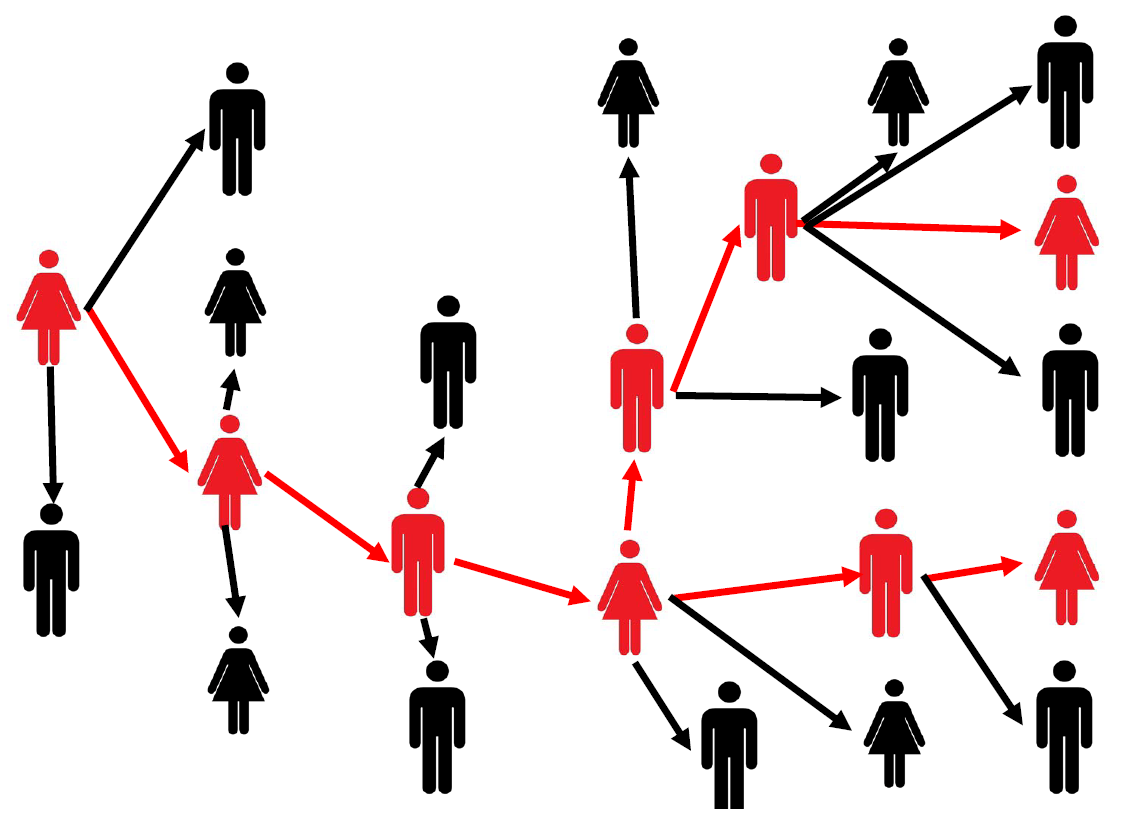What is COVID-19 contact tracing & how does it work?
What is COVID-19 contact tracing and how does it work?
Written by Alyssa Orcuilo, Jacqueline Slobin, and Khang Vuong.
We are living amidst a global pandemic. While it is already hard to navigate the uncertainty, it is harder having to live with the fear of getting the Coronavirus COVID-19, and how to notify family and friends if you might have it.
In the absence of a working vaccine, preventing the virus from spreading is the best defense we have to contain and slow the spread of the Coronavirus COVID-19 pandemic. But contact tracing alone is not the magic bullet, we need multiple layers of defense - contact tracing, social distancing, public testing - to effectively manage the Coronavirus pandemic.
The best way to explain contact tracing: imagine you are living in a spider-web-like network of human and that each interaction you have with others could put you at risk for getting the virus, contact tracing traces that chain of interaction as far and it could to the person who initiated the spread within your social network.

What Is Contact Tracing?
Contact tracing is a key strategy for preventing the further spread of COVID-19. With contact tracing, public health staff are to work with a patient and assist them to recall everyone with whom they have had close contact during the timeframe while they may have been infectious. Because the United States is in need of immediate action, it‚s necessary for communities to expand and train a large contact tracer workforce and work collaboratively across public and private agencies to halt COVID-19 transmission.


Get affordable doctor copay without paying insurance premiums
Join 39,000 people and get Mira, the best alternative to traditional insurance. Enroll and use immediately. Plans start at only $45/mo.
Alyssa is a Senior Marketing Associate & Content Writer at Mira. She is passionate about educating others on how to affordably access healthcare.
